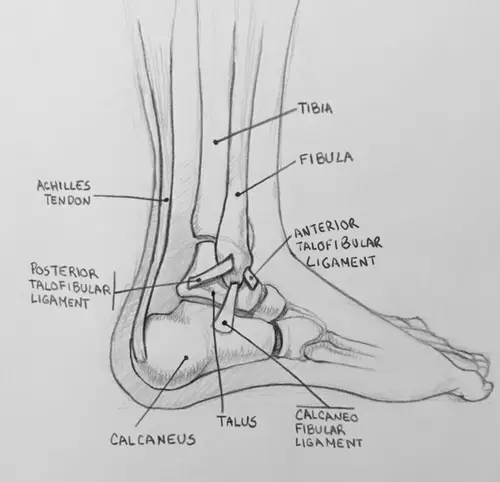Active people are prone to activity-related injuries (due to evident reasons). Physical activities on an uneven or slippery surface, are a common cause of ankle sprains.
UNDERSTANDING ANKLE SPRAINS
A sprained ankle cause intense pain as well as inflammation and bruising on the lateral part of the ankle. It can be classified as mild (grade I), moderate (grade II), and severe (grade III), depending on the actual damage. There are two ligaments on the outside of the ankle, the Anterior Talofibular Ligament (ATFL) and the Calcaneofibular Ligament (CFL). Typically, the ATFL tears before the CFL does.
GRADE I
Partial tear of the ATFL
GRADE II
A total tear of the ATFL
GRADE III
A total tear of the ATFL and the CFL (rare injury)

For many years, the recommendation for a grade I sprain is Rest, Ice, Compression, and Elevation (RICE), but in 2015, Dr. Dave Mirkin, the creator of the protocol released a revised version.
A Physician, followed by Physical Therapy, should be the one to treat Grade II and III ankle sprain injuries.
The ankle can present some weakness after a sprain, increasing the chances of re-injuring; be sure build up back slowly. To minimize the chances of re-injuries, the best approach is to start with Physical Therapy before “jumping back on the game”.
PLAYING SAFE
There is no silver bullet to prevent injuries. But there are some easy precautions we can take to minimize the chance of getting hurt:
-Incorporate balance exercises into your workout routine, to decrease the possibilities of finding yourself suddenly out of balance, which often results in injuries.
-Wear appropriate footwear, with good support and stability.
-Pace yourself whenever walking, jogging, or running on an uneven or slippery surface
-Watch your step. Unawareness of objects around us can create a dangerously unstable situation.
-After treating the injury, be sure to start back at an easier pace and slowly build up.
